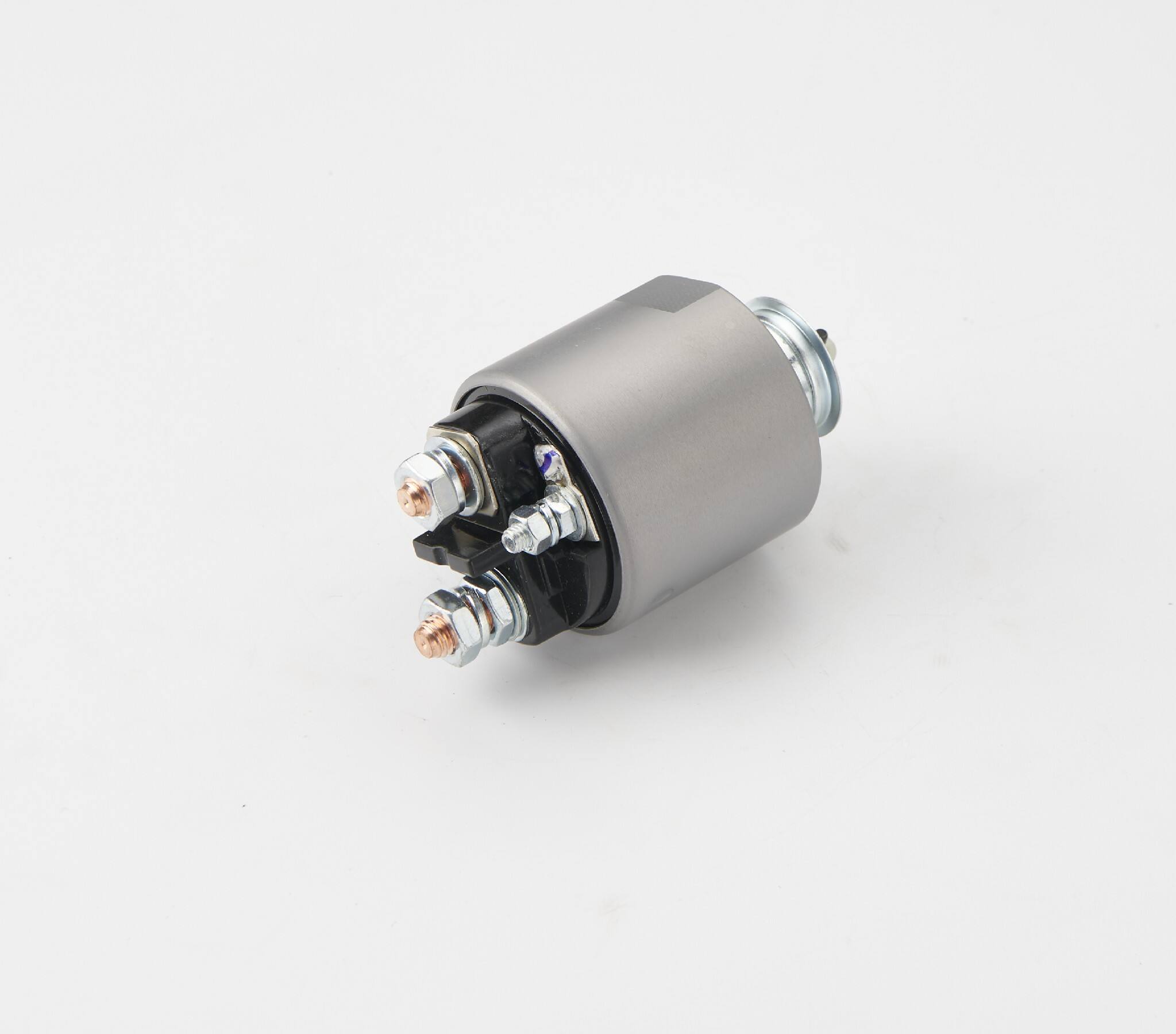Understanding the Critical Role of Starter Solenoid Testing in Vehicle Maintenance
A properly functioning 12v starter solenoid is crucial for your vehicle's starting system. This electromagnetic switch serves as the bridge between your ignition key and the starter motor, making it an essential component that requires regular testing and maintenance. When your vehicle struggles to start or makes clicking sounds during ignition, a faulty solenoid could be the culprit.
Testing your 12v starter solenoid with a digital multimeter isn't just about troubleshooting – it's about preventing unexpected breakdowns and ensuring your vehicle starts reliably every time. This comprehensive guide will walk you through the voltage-drop testing process, helping you maintain your vehicle's starting system with professional precision.
Essential Tools and Safety Precautions for Solenoid Testing
Required Testing Equipment
Before beginning the voltage-drop test on your 12v starter solenoid, gather all necessary tools. A quality digital multimeter with voltage and resistance measuring capabilities is essential. You'll also need basic hand tools, including wrenches and screwdrivers, protective gloves, and safety glasses. Ensure your multimeter leads are in good condition and properly rated for automotive testing.
Having a helper available can make the testing process smoother, as some steps require simultaneous actions. Consider keeping a notepad nearby to record readings for comparison and future reference.
Safety Protocols and Preparations
Working with automotive electrical systems requires strict adherence to safety procedures. Park your vehicle on a level surface and engage the parking brake. Ensure the engine is cool before beginning work. While testing the 12v starter solenoid, be mindful of hot surfaces and moving parts in the engine bay.
Disconnect the negative battery terminal to prevent accidental shorts when accessing the solenoid. However, you'll need to reconnect it for actual testing. Wear appropriate personal protective equipment, including insulated gloves and eye protection, throughout the testing process.
Step-by-Step Voltage-Drop Testing Procedure
Initial Setup and Connections
Begin by locating your 12v starter solenoid, typically mounted on or near the starter motor. Clean any corrosion or debris from the terminals to ensure accurate readings. Set your digital multimeter to the DC voltage scale, usually 20V range. Connect the positive (red) lead to the solenoid's battery terminal and the negative (black) lead to the starter terminal.
Double-check all connections before proceeding. Loose or improper connections can result in inaccurate readings and potentially damage your testing equipment. Ensure the multimeter leads make good contact with the terminal surfaces.
Performing the Voltage-Drop Test
With your helper in the driver's seat, maintain the multimeter connections while the ignition key is turned to the start position. The voltage reading should be minimal (typically less than 0.5V) during cranking. Any reading higher than this indicates excessive voltage drop across the 12v starter solenoid, suggesting potential problems.
Repeat the test several times to ensure consistent readings. Pay attention to any fluctuations in the voltage readings, as these can indicate intermittent problems with the solenoid. Record all readings for analysis and comparison.
Interpreting Test Results and Diagnostic Insights
Understanding Voltage Readings
Normal voltage drop across a healthy 12v starter solenoid should be minimal. Readings between 0.0V and 0.5V generally indicate proper operation. Higher readings suggest resistance in the solenoid, which can be caused by worn contacts, internal damage, or poor connections. Extremely high readings or no voltage drop might indicate a completely failed solenoid.
Consider the age and condition of your vehicle when interpreting results. Older vehicles might show slightly higher voltage drops while still operating within acceptable parameters. However, significant deviations from normal readings should always be addressed promptly.
Common Issues and Their Indicators
Different voltage-drop patterns can indicate specific problems with your 12v starter solenoid. Consistently high readings often point to worn internal contacts or coil problems. Fluctuating readings might suggest loose connections or intermittent internal issues. Zero voltage drop during cranking could indicate a completely failed solenoid or broken internal connections.
Environmental factors can also affect solenoid performance and test readings. Extreme temperatures, moisture, and corrosion can all impact solenoid operation and should be considered when analyzing test results.
Maintenance and Preventive Measures
Regular Testing Schedule
Implement a routine testing schedule for your 12v starter solenoid to catch potential issues before they lead to starting failures. Consider testing every 6 months or at regular service intervals. More frequent testing may be necessary for vehicles operated in harsh conditions or those with high mileage.
Keep detailed records of all test results, including dates and readings. This history can help identify deteriorating performance trends and predict when replacement might be necessary.
Extending Solenoid Life
Proper maintenance can significantly extend the life of your 12v starter solenoid. Keep battery connections clean and tight, as poor electrical connections can stress the solenoid. Protect the solenoid from excessive heat and moisture when possible. Regular engine maintenance, including proper timing and fuel system operation, can reduce strain on the starting system.
Consider upgrading to high-quality replacement parts when replacement becomes necessary. Premium solenoids often offer better durability and performance compared to budget alternatives.
Frequently Asked Questions
How Often Should I Test My Starter Solenoid?
Regular testing of your 12v starter solenoid is recommended every 6 months or during routine vehicle maintenance. However, if you notice any starting issues or unusual sounds, immediate testing is advised to prevent potential failures.
What Are the Signs of a Failing Starter Solenoid?
Common symptoms include clicking sounds when turning the key, intermittent starting problems, slow cranking, or complete failure to start. Unusual electrical behavior or burning smells from the starter area can also indicate solenoid issues.
Can Weather Affect Solenoid Performance?
Yes, extreme temperatures can significantly impact solenoid performance. Cold weather can increase electrical resistance and thicken lubricants, while hot weather can cause expansion and increased wear on components. Regular testing is especially important in regions with extreme weather conditions.




